Aviation
AI pilot operates experimental F-16 fighter jet

Lockheed Martin Skunk Works® (NYSE: LMT) recently collaborated with the U.S. Air Force Test Pilot School and various government and industry partners to host U.S. Secretary of the Air Force Frank Kendall for a flight aboard the X-62A Variable In-flight Simulation Test Aircraft (VISTA). This aircraft is unique, having been modified specifically for testing artificial intelligence (AI) and autonomy capabilities.
VISTA serves as a trailblazer in AI development, facilitating the exploration and testing of cutting-edge AI techniques within novel unmanned vehicle designs. This work is crucial for achieving distributed teaming objectives. Remarkably, within a span of less than a year, the teams successfully integrated initial live AI agents into the systems of the X-62A, showcased the inaugural AI versus human dogfight, and implemented over 100,000 lines of flight-critical software modifications over 21 test flights.
“The need for innovation at speed and scale is greater than ever. The X-62A VISTA is a crucial platform in our efforts to develop, test, and integrate AI, as well as to establish AI certification standards that will revolutionize the future of aerospace,” said John Clark, Vice President and General Manager of Lockheed Martin Skunk Works. “Our proven hardware and software architecture create secure and controlled environments for AI agents and sophisticated algorithms to swiftly prototype and evolve.”
Lockheed Martin’s open systems architecture, leveraging Skunk Works’ Model Following Algorithm (MFA) and System for Autonomous Control of the Simulation (SACS), facilitates intricate tests. These significant enhancements augment VISTA’s capabilities while preserving its advantage in rapid prototyping, allowing for swift software adjustments and frequent flight tests. This expedites the pace of AI and autonomy development to align with pressing national defense priorities.
This architecture has demonstrated reliability and robustness, capable of transitioning to third-party distributed hardware to replicate safe and controlled flight test objectives, as demonstrated by VISTA. Lockheed Martin leads the charge in integrating AI-enabled platform autonomy with human oversight to enhance operational speed, optimize agility, and reduce sustainment costs.
The F16 is renowned as one of the deadliest fighter jets in existence, boasting a versatile array of weaponry and a proven track record in battle with its single-engine design. Despite being among the oldest fighter jets in the US Air Force, it has received the latest upgrades in Avionics and Weapons systems. A significant milestone achieved by Lockheed Martin and the US Air Force is the integration of AI technology, enabling automated control of the aircraft. While Lockheed Martin has experimented with various aircraft, the F16 stands out as a unique platform in this regard. It marks a historic achievement as the world’s first fighter jet to be controlled by AI technology.
Secretary Kendall’s flight closely follows several notable accolades for VISTA, including nominations as finalists for the 2023 Robert J. Collier Trophy and receipt of the Society of Flight Test Engineers’ James S. McDonnell Award and Aviation Week’s 2024 Laureate Award for Defense.

Aviation
Boeing, Antonov to Collaborate on Defense Projects
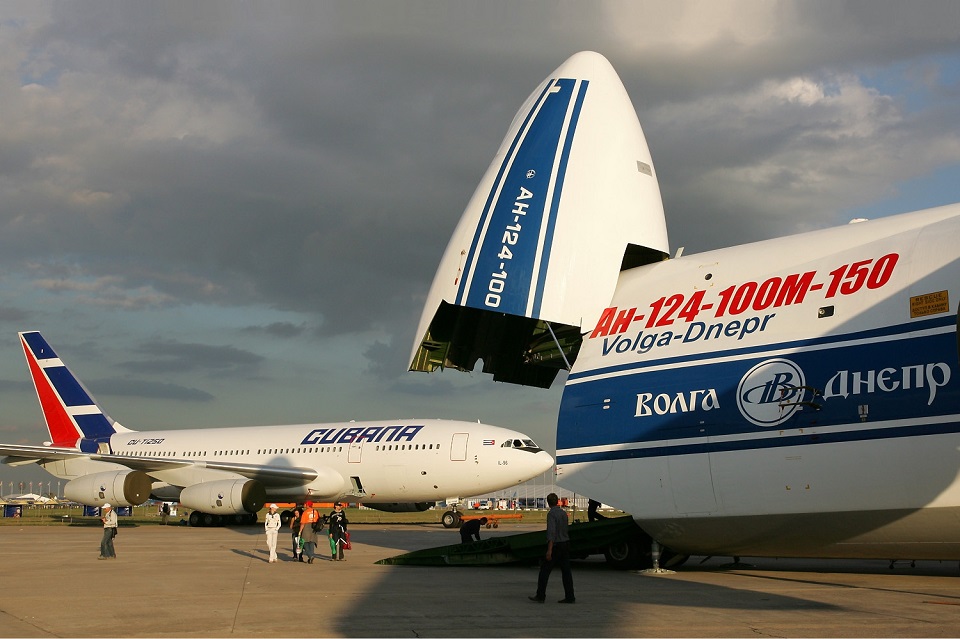
– MOU represents Boeing’s commitment to work with Ukrainian industry
– Includes exploring opportunities for collaborating on in-country support of Unmanned Aerial Systems
A Memorandum of Understanding was signed today by Boeing and Antonov Company to investigate potential collaboration on defense-related projects.
“We’re happy to keep collaborating with the Antonov Company to help Ukraine’s economic development and expansion,” stated Ted Colbert, CEO and president of Boeing Defence, Space, & Security.
Airbus and the Antonov An-225: The Best Partnership:Click here
“This agreement demonstrates our ongoing efforts to find more opportunities to work with Ukrainian industry, which was underscored by our signing of the Ukrainian Defence Industry Compact earlier this year.”
The areas of potential collaboration identified in the agreement consist of training, logistical support and overhaul services for tactical Unmanned Aerial Systems utilized by the Ukrainian Armed Forces, which includes the ScanEagle. In addition, the companies will also explore opportunities for Antonov to provide engineering support to Boeing.
The six largest cargo aircraft ever built in the aviation industry:Click here
“A strong, innovative, and efficient defense industry is key to sustainable economic development and national security, and we are extremely excited to collaborate with Boeing,” said Ievhen Gavrylov, CEO of Antonov Company.
This agreement brings a whole new level of opportunity to implement the latest and most effective solutions – in addition to the possibility of future projects with Boeing in the aerospace and defense industry.”
-
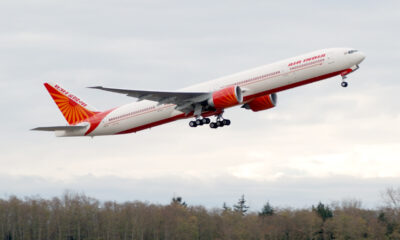
 Travel1 week ago
Travel1 week agoAir India to Expand US Operations with Three New Routes After a Decade
-

 Travel2 weeks ago
Travel2 weeks agoWhy We Should Avoid These Stamps in a Passport
-
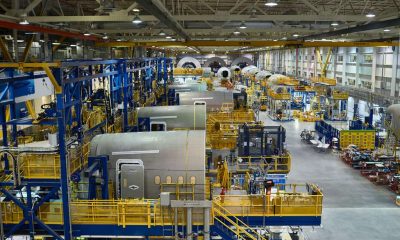
 Airlines1 month ago
Airlines1 month agoInvestigations Reveal Fake Chinese Titanium in Boeing and Airbus Jets
-

 Tech4 weeks ago
Tech4 weeks agoChina’s CATL Plans 1,800-Mile Electric Plane Launch by 2027
-

 Airport3 days ago
Airport3 days agoTop 10 Largest Airports in the World by Size
-
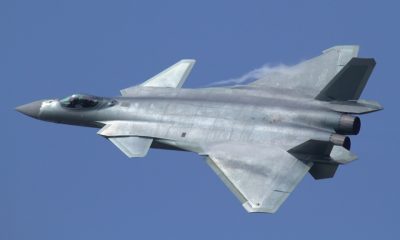
 Aerospace4 weeks ago
Aerospace4 weeks agoChina’s Fighter Jets Turn Wings into Autonomous Drones
-
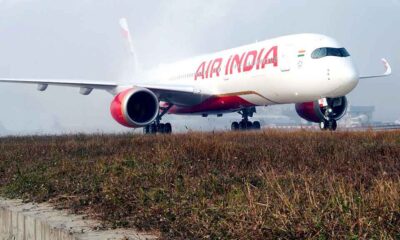
 Airlines4 days ago
Airlines4 days agoAir India Rolls Out A350s for Delhi-New York JFK and Newark Routes
-
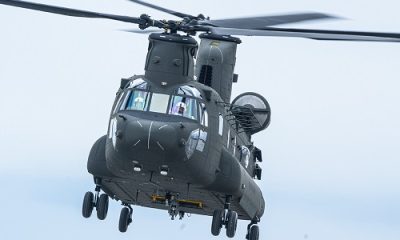
 Defence3 weeks ago
Defence3 weeks agoBoeing Enhances Chinook with New Engines and Block II Upgrades at $96 Million







